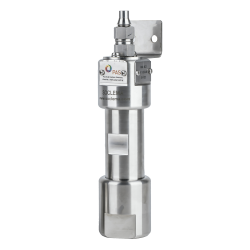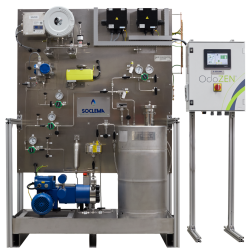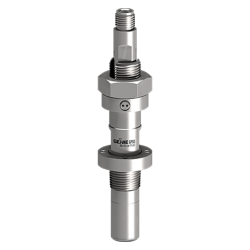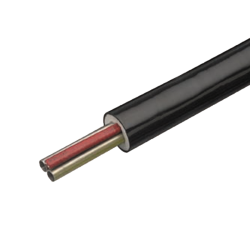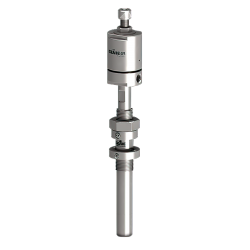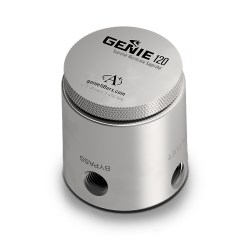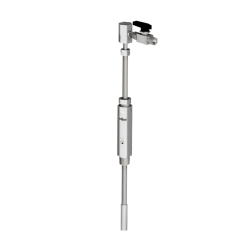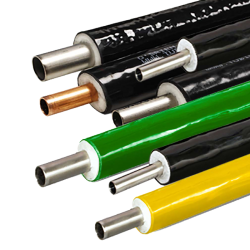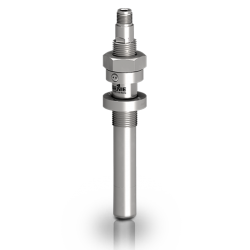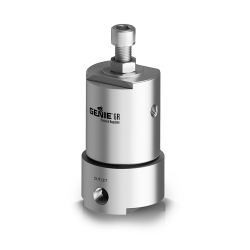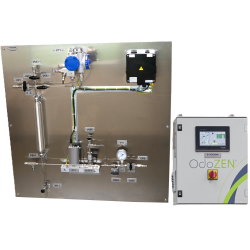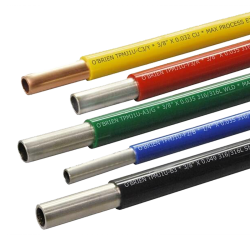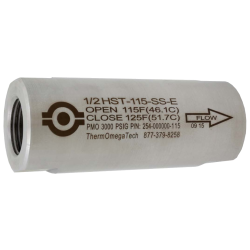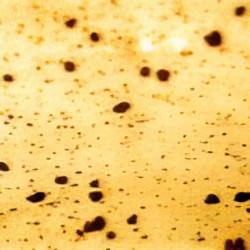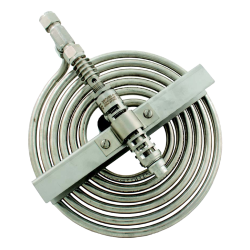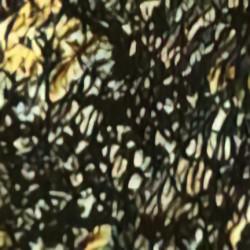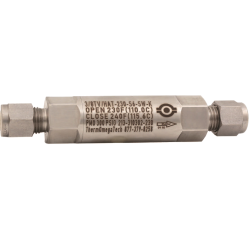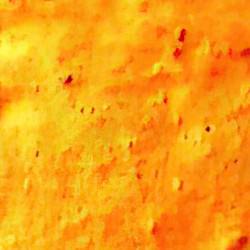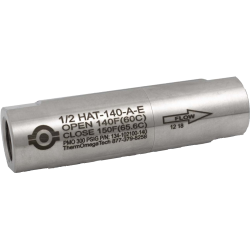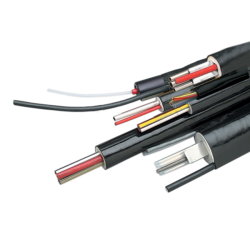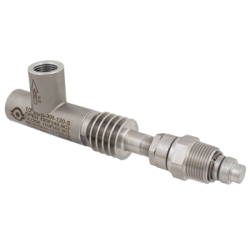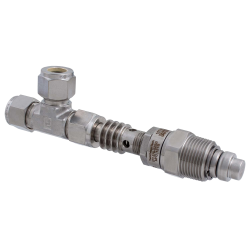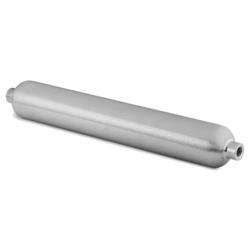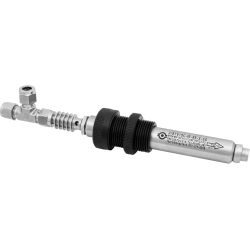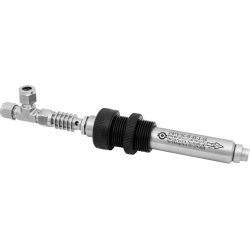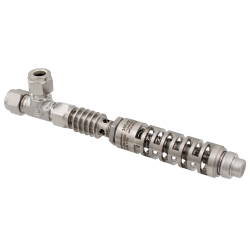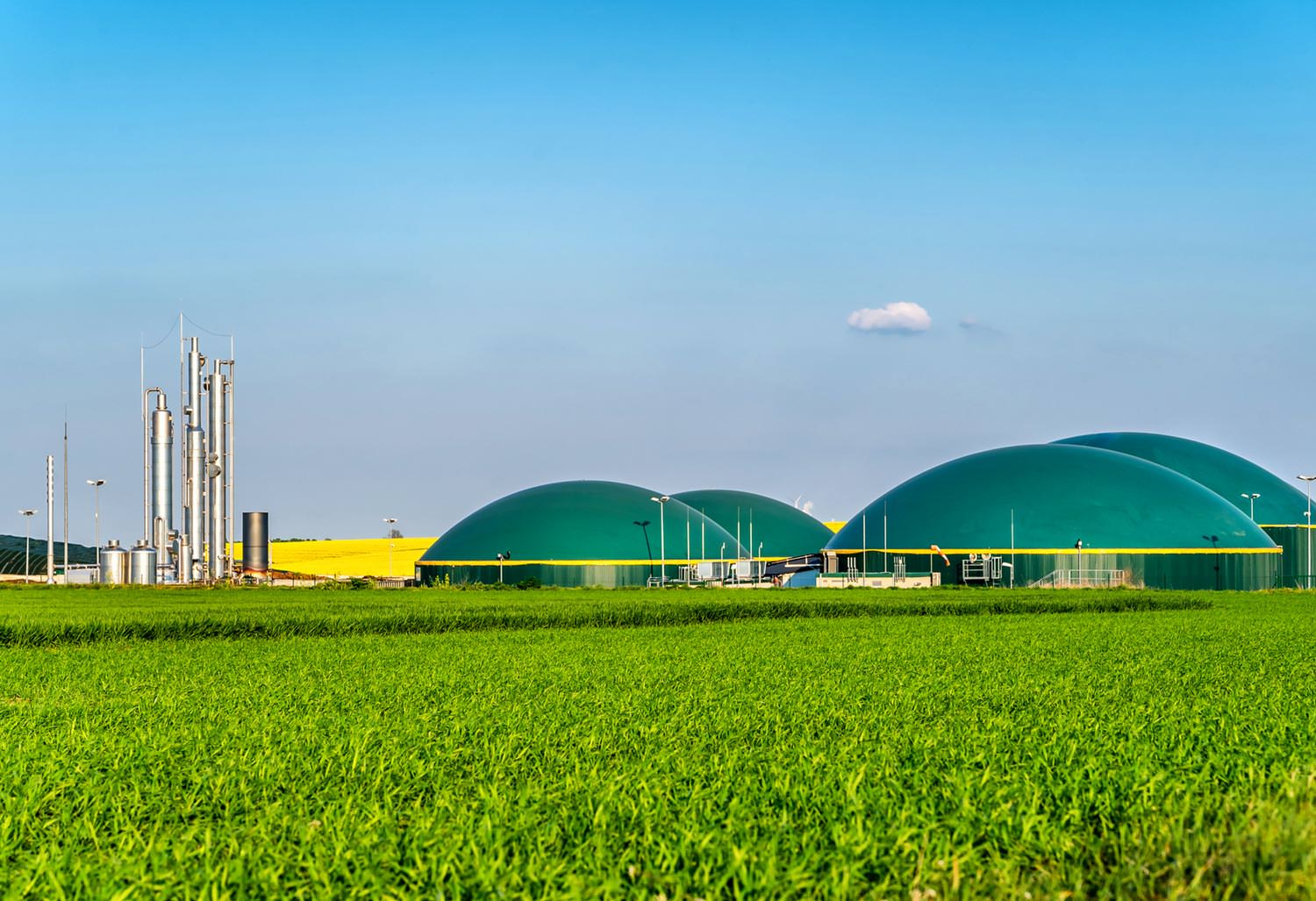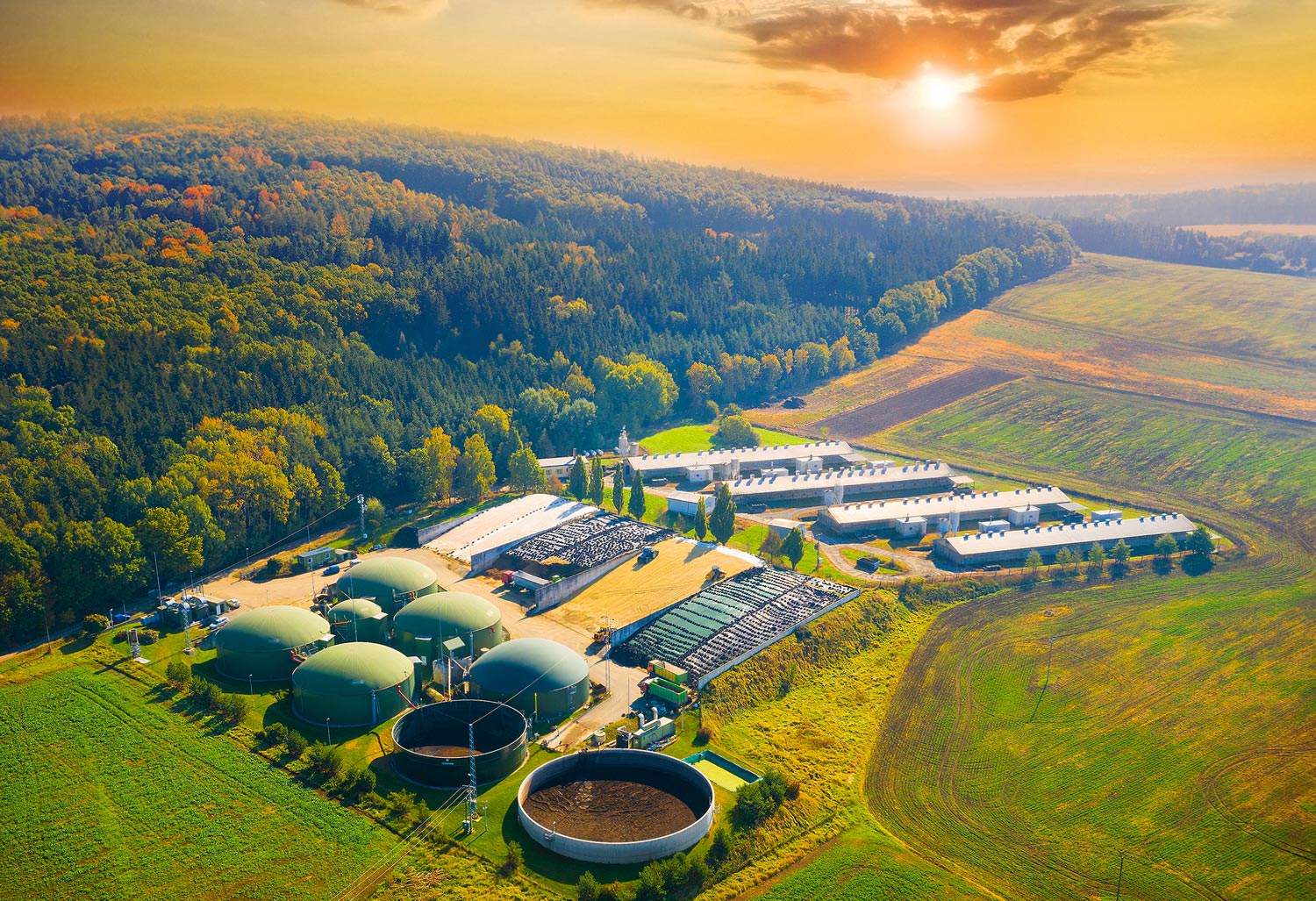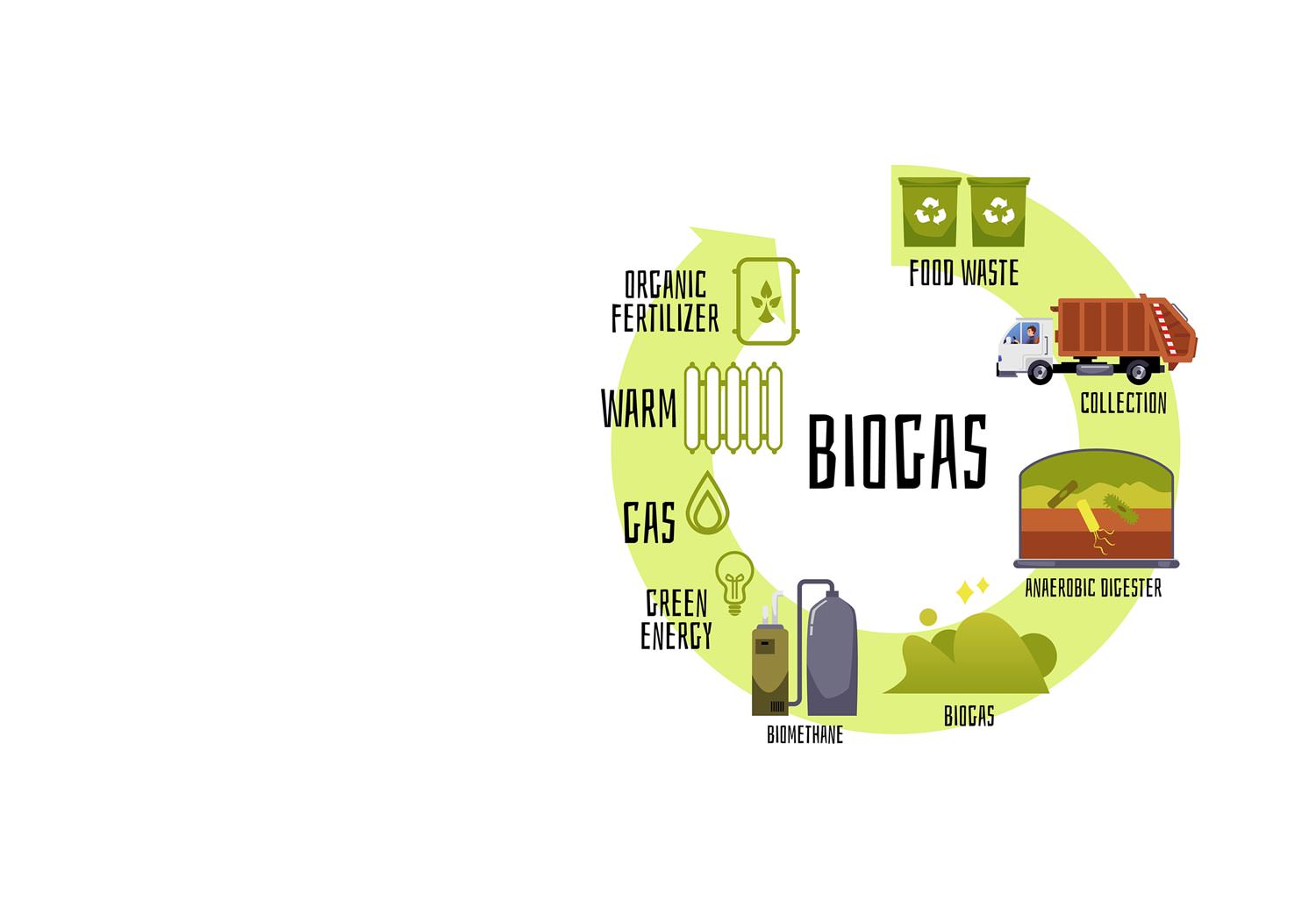
BIO-METHANE: GAS QUALITY AND MONITORING
Methanization is a technology based on the degradation of organic matter by micro-organisms, under controlled conditions and in the absence of oxygen, i.e. in an anaerobic environment.
This degradation produces:
- a moist product, rich in partially stabilized organic matter, known as digestate. The digestate is generally returned to the soil, possibly after a phase of maturation by composting.
- biogas, a gaseous mixture saturated with water at the digester outlet and composed of approximately 50% to 70% methane (CH4), 20% to 50% carbon dioxide (CO2) and a few trace gases (NH3, N2, H2S).
Biogas has a high calorific value and can be used in combustible form to generate electricity and heat, to produce fuel, or for injection into the natural gas network after purification.
Methanization is a widely used process in agriculture, but also in waste treatment, sewage sludge treatment ( STEP ) and certain industrial effluents . Biogas requires further purification before it can be used as a biofuel, fed into the gas distribution network, or transported and stored.
The process known as"upgrading biogas to biomethane" involves removing the CO2 and raising the methane content to around 98% by volume. The finished product, called bio-methane, has a higher quality and calorific value than biogas. It has chemical properties similar to those of natural gas, and is often injected directly into the natural gas network, where it is stored and distributed.
- analysis and sampling methods,
- odorization,
- data connection and metrological characteristics of different measurement systems.

